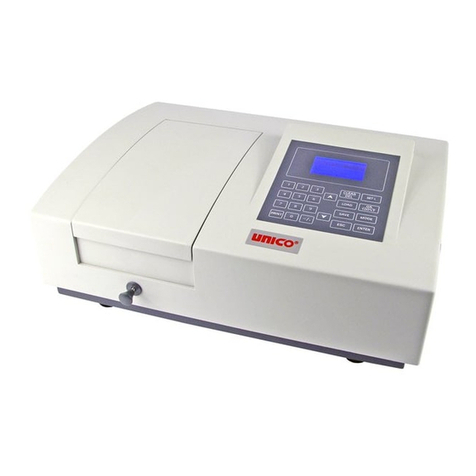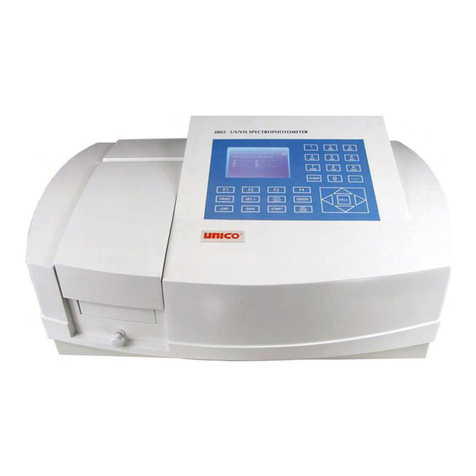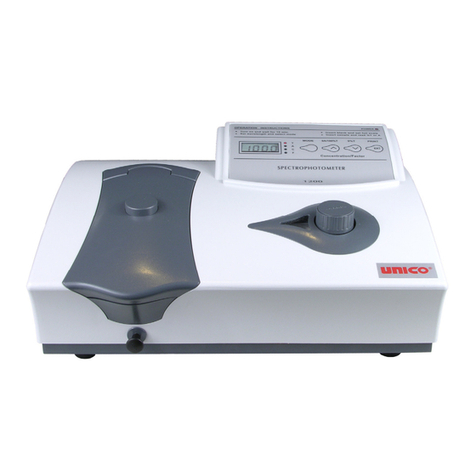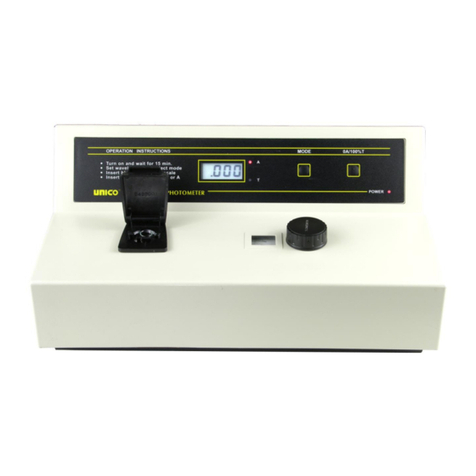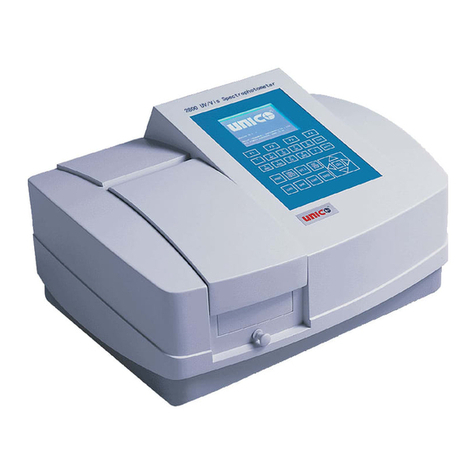
2
General information……………………………………………………………… 3
Safety………………………….........................................................……… 3
Electrical………………………………………………………………........ 3
Warning…………………………………………………………………….. 3
Performance………………………………………………………………… 4
Radio Interference………………………………………………………….. 4
Introduction…........................................................................……………… 4
Working Principle.......................................................................…………… 4
Unpacking Instructions.....................................................………………….. 5
Specifications….............................................................................................. 6
Installation.............................................................................…….................. 6
Operational Panel....................................................................……................ 8
Description of Keys....................................................................……............ 8
Operation Instruction............................................................……………................... 9
Prepare the spectrophotometer......................................................................... 9
BASIC MODE-%T/Abs Measure...............................................……………. 10
Quantitative Test.......................................................................……………… 12
Run test……………………………………………………………….. 12
Define/Establish Test Method……………………………………….. 14
By Known Factors……………………………………………. 15
By Standard………………………………………………….. 18
UTILITY……………………………………………………………………… 21
WL Calibration……………………………………………………….. 22
Dark Current………………………………………………………….. 22
EDIT CLOCK………………………………………………………… 22
SYSTEM BASELINE……………………………………..…………. 23
Turn on/off D2………………………………………………………… 24
Reset Defaults…………………………………………………………. 24
Memory Manager……………………………………………………… 24
WL Correction………………………………………………………… 25
PC LINK………………………………………………………………………. 25
Wavelength Calibration…………….……………………………….……………….. 26
Holmium Oxide Filter Method………………………………………………… 26
Didymium Filter Method……………………………………………………… 27
Absorbance Accuracy Checks………………………………………………… 28
Stary Light Check……………………………………………………………… 28
Trouble Shooting………………………………………………………….................. 29
Error Codes Definitions……………………………………………………………… 30
General information












